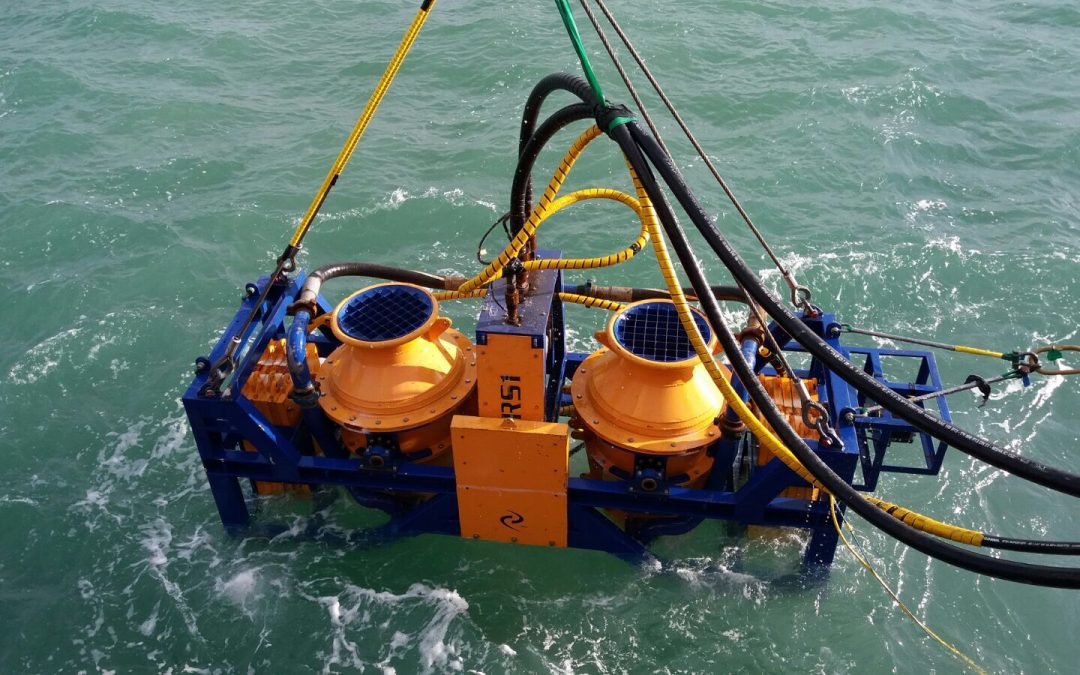Rotech Subsea has completed “critical” deburial, cut and recovery, and reburial works for the Pentland Firth East cable replacement project.
In late Q3, Rotech Subsea’s TRS1 tool was mobilized from Aberdeen for the £30 million infrastructure project that saw 37 kilometers of subsea power cable connecting Orkney to the Scottish mainland replaced.
The controlled flow excavation tool (CFE) carried out deburial and post-lay trenching for approximately 500 meters of subsea cable, while the RSG-C tool was used for the grab, cut and recovery of the damaged section of cable.
Deployed by vessel crane on the Maersk Connector, the TRS1 operated in water depths ranging from 80 to 85 meters in flat/calm conditions, deburying the cable from 0.6 to 0.8 meters below the seabed.
For the grab, cut and recovery phase, the RSG-C was lowered to depth using the vessel crane, tied off to the crane wire every 15 meters. An ROV positioned the tool over the cable, which was grabbed and raised 2 meters, allowing the ROV to sling either side of the grab for cable recovery.
The post-lay trenching phase saw the cable buried to client specification of a minimum of 0.6 meters below the seabed. Positioned perpendicularly over the cable with its nozzles angled marginally inwards, the TRS1 operated at a range of 3 meters from the seabed and progressed at 3 meters per minute.
“The project showed off the versatility of our RS range of tools and was completed on schedule and on budget. It was yet another extremely successful deployment for the TRS1 which can deliver deeper, narrower, precision trenches with speeds more than double that of Mass Flow Excavation tools and other methods such as contact trenching systems and ploughs,” said Rotech’s director of Subsea, Stephen Cochrane.
Source: Offshore Energy






